Your cat seems perfectly content lounging in their favorite sunny spot or perched on the windowsill watching birds. Yet something feels off about their behavior lately. Maybe they’re a little more withdrawn than usual, or their appetite has changed just slightly. Could they actually be stressed?
Cats are masters at hiding signs of stress or pain as a survival instinct from their wild ancestors, helping them avoid becoming easy targets for predators. This evolutionary trait means that even the most observant cat parent might miss the subtle warning signs until stress becomes a serious problem. Understanding these hidden signals can make all the difference in your feline friend’s wellbeing.
Changes in Vocalization Patterns
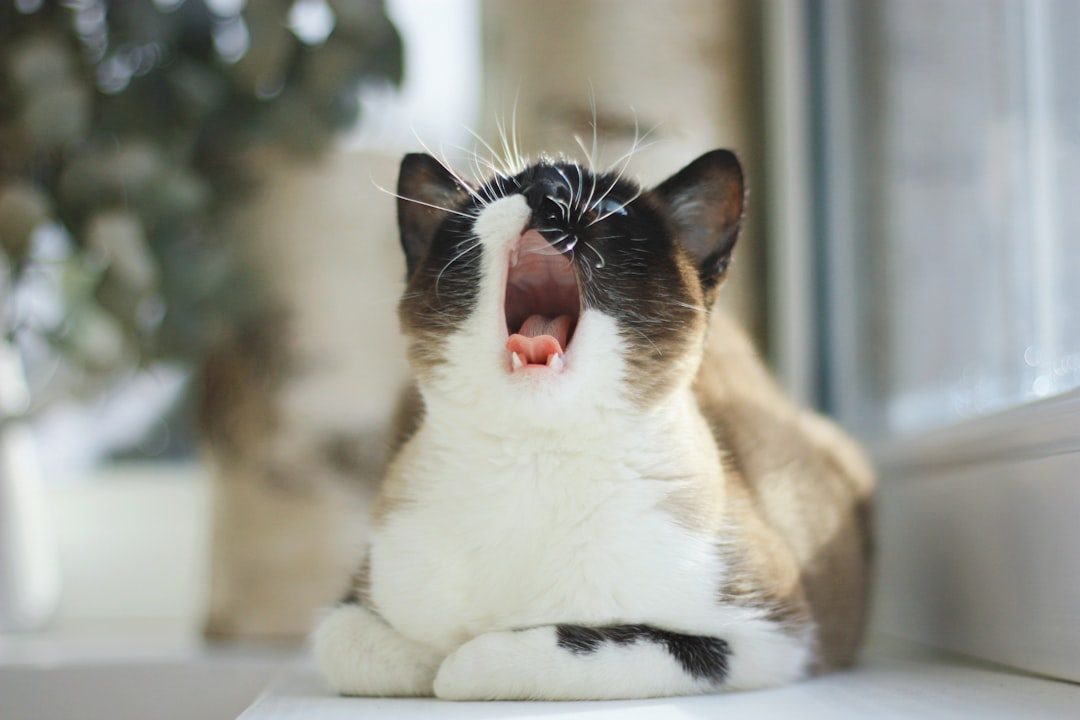
When cats are experiencing stress, they tend to be more vocal, with the sounds delivering precise messages about their condition. You might notice your typically quiet cat suddenly becoming chattier, or conversely, your usually talkative companion going unusually silent.
Increased meowing, yowling, or crying, especially when it’s out of character for your cat, often indicates that something is bothering them. Think of this as their way of trying to communicate discomfort or anxiety when they can’t tell you directly what’s wrong. The timing matters too, pay attention to when these vocalizations occur to help identify potential triggers.
Bathroom Habits Gone Awry
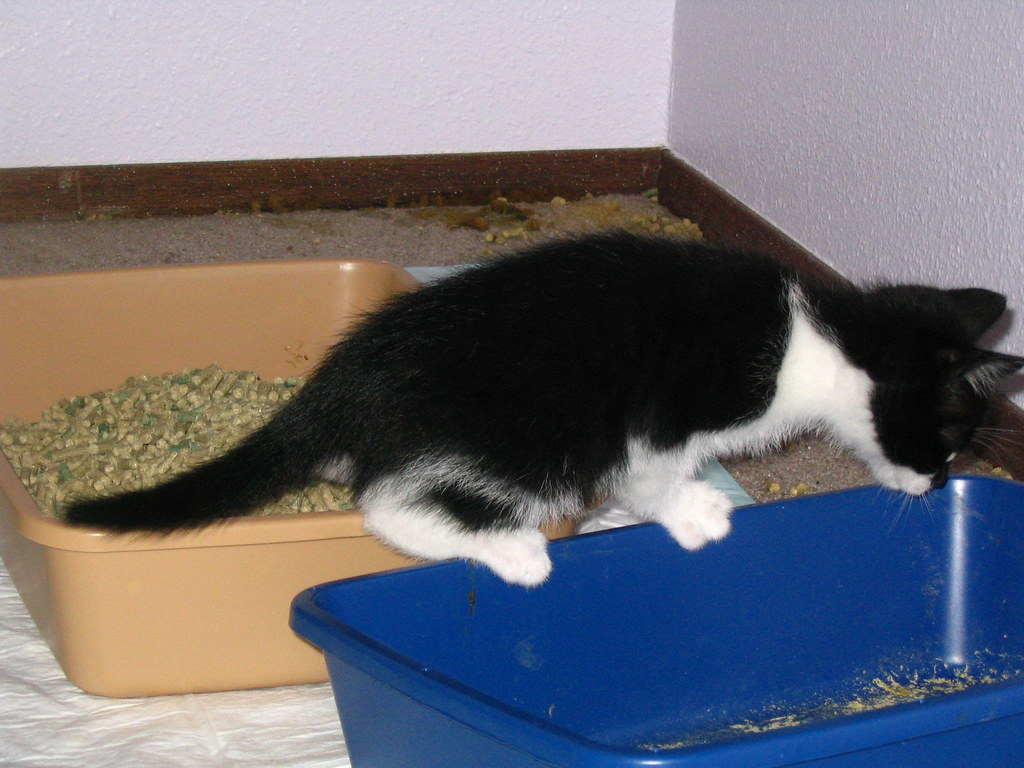
One of the most common signs of stress in cats is urinating outside the litter box, which can be triggered by stress, medical issues, or problems with the litter box environment. This behavior can be particularly confusing for owners who assume their cat is simply being difficult.
Spraying and urinating outside the litter box are traditional stress symptoms for cats, even after they’ve been neutered or spayed. However, these behaviors can also indicate medical issues like urinary tract infections or kidney problems, so consulting your veterinarian first is essential before focusing on stress-reduction measures.
Excessive Grooming Behaviors
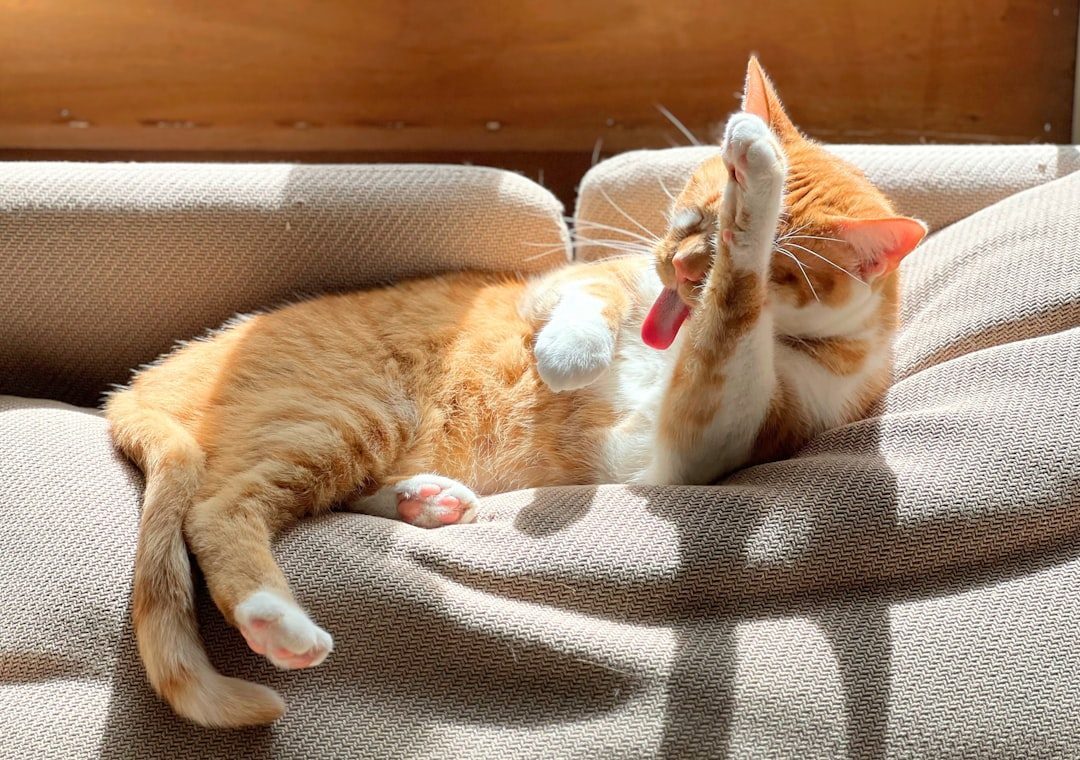
Some cats use overgrooming to cope with stress or boredom, as repetitive grooming can become a compulsive behavior when cats are stressed or anxious. You might notice patches of shorter hair or even bald spots on your cat’s belly, legs, or flanks.
If your cat is excessively grooming, you’ll notice stripes or lines resembling a cat buzzcut, most commonly found on the belly, at the base of the tail, on the foreleg, and inner thigh. This compulsive grooming leading to fur loss, known as psychogenic alopecia, is usually triggered by changes in your cat’s daily routine or environment.
Social Withdrawal and Hiding

A stressed cat might start hiding more often or withdraw from social interactions, seeking out secluded spots and spending more time alone. This behavior represents a significant departure from their normal social patterns and shouldn’t be dismissed as typical feline independence.
Stressed cats may withdraw from interaction with other household pets or their owners, and if your cat suddenly disappears and you find them hiding under beds, behind furniture, or in small spaces, they may be stressed. Think of hiding as their attempt to create a safe space when the world feels overwhelming.
Appetite and Eating Pattern Changes
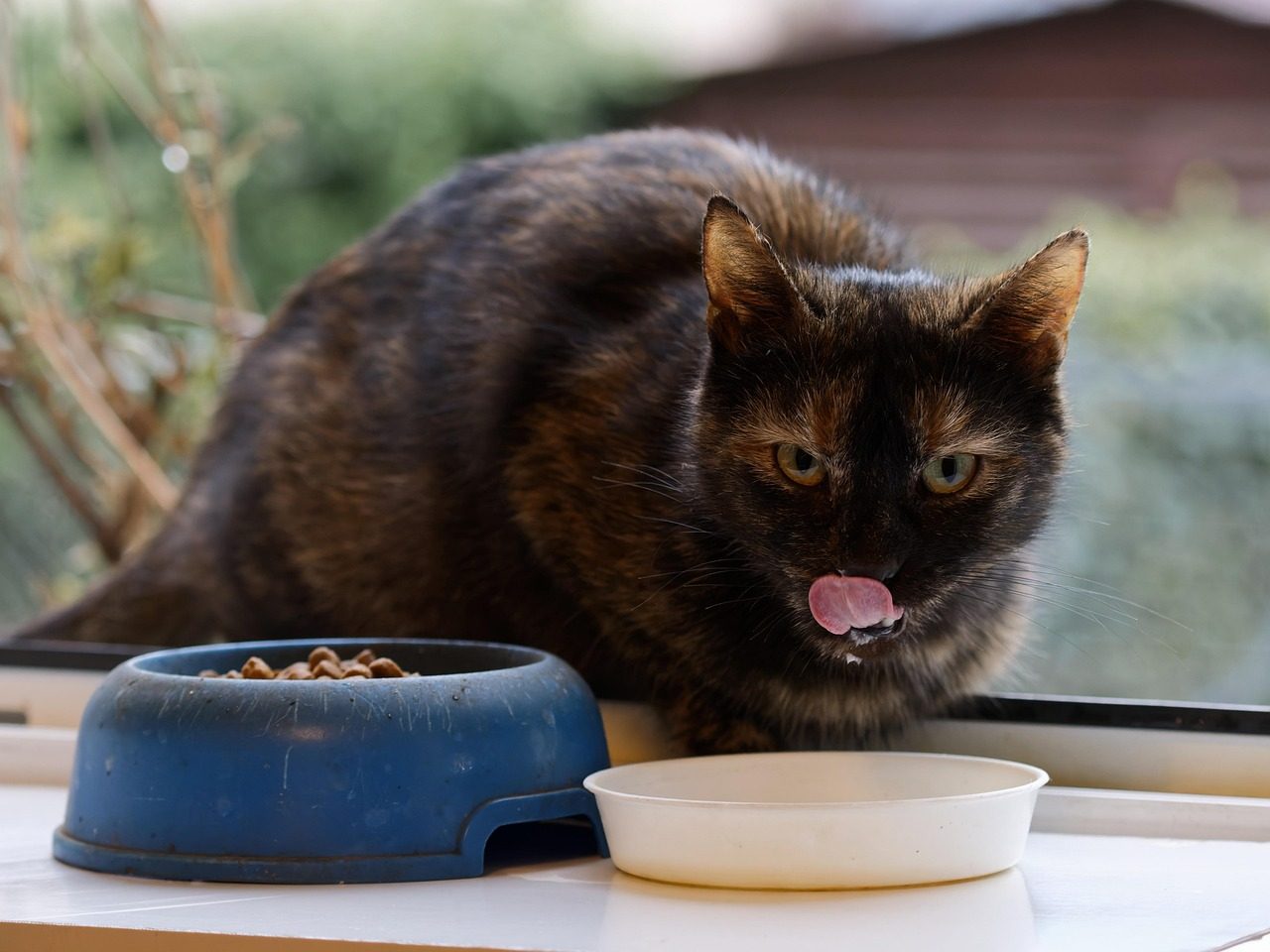
Stress can significantly impact a cat’s eating habits, with some cats losing their appetite and refusing to eat, while others might overeat as a form of comfort, and both scenarios can lead to health issues. These changes often happen gradually, making them easy to overlook initially.
Like people, stress can cause lack of appetite in cats, and if your cat won’t eat dry food, they may need warmed canned food to pique their appetite. Monitor not just how much they’re eating, but also their enthusiasm for mealtime and any changes in their typical eating routine.
Aggressive or Defensive Behaviors
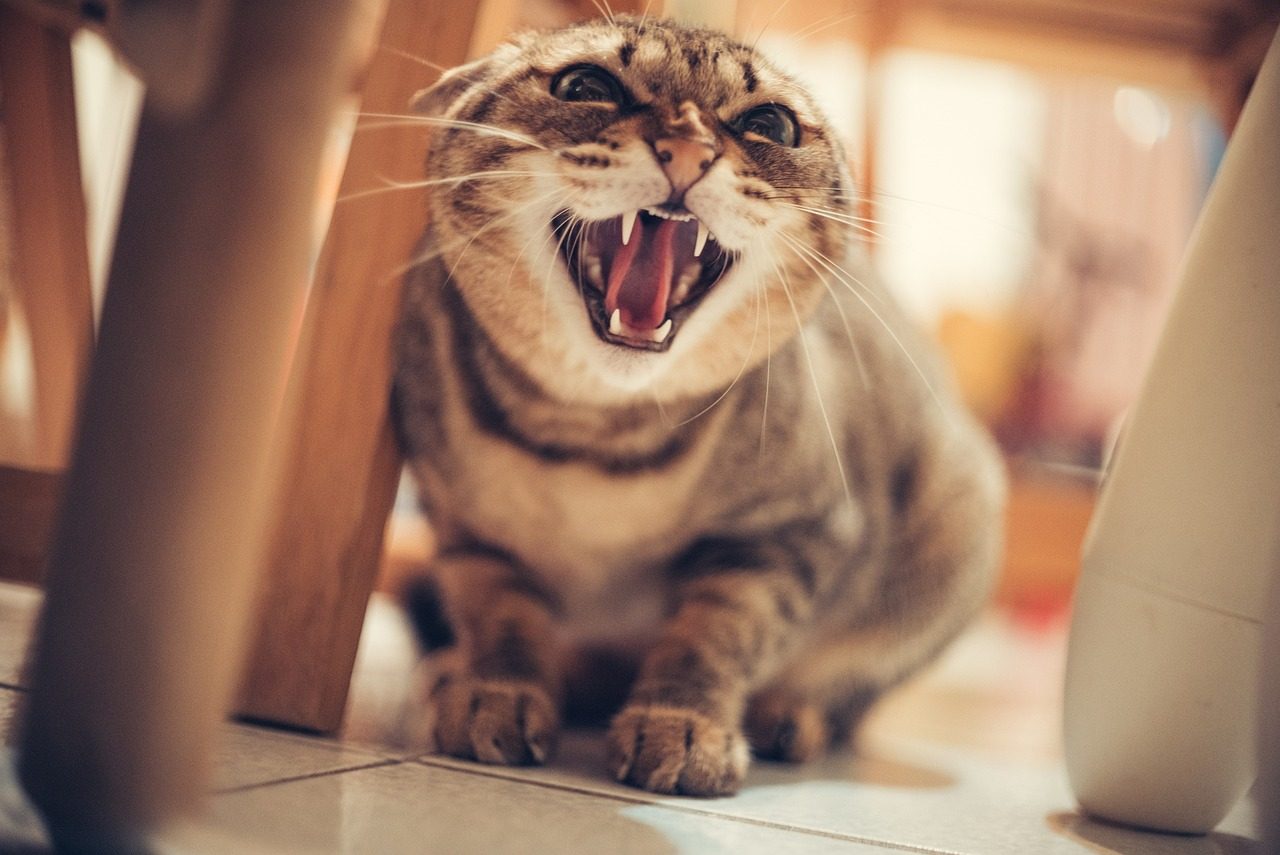
When a cat is in a stressful situation, they may lash out to protect themselves when they feel their safety is at risk, displaying aggression through hissing and growling. This defensive response isn’t personal, it’s their instinctive way of communicating that they feel threatened or overwhelmed.
If the addition of a new pet stresses your cat, they may act aggressively toward the new cat or dog, and changes in household dynamics can cause your cat to react aggressively toward other pets, even long-time housemates. Sometimes this aggression extends to human family members as well, particularly during petting or handling.
Disrupted Sleep and Rest Patterns
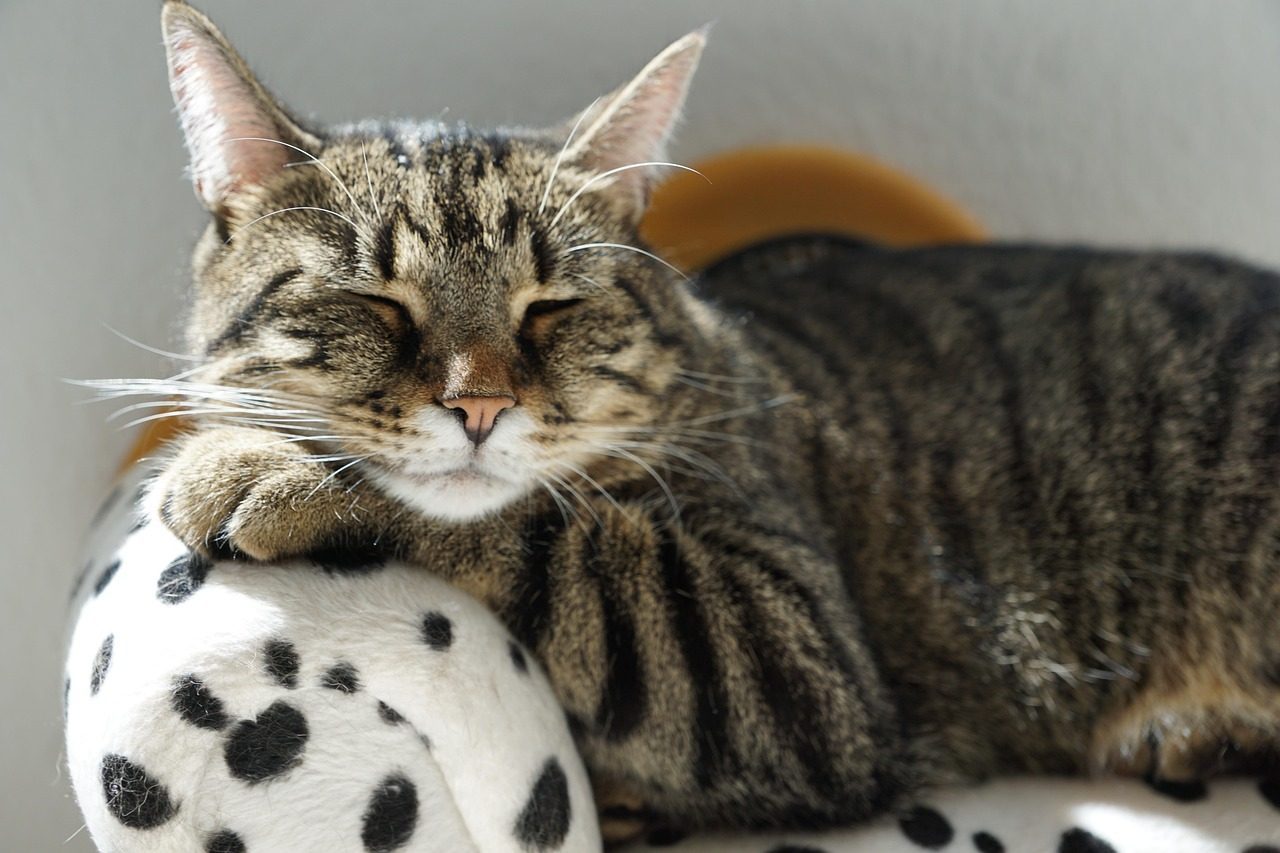
A howling cat that meows excessively may be a sign of stress, as can eating less or sleeping more than usual. Stressed cats often experience changes in their sleep cycles, either becoming more lethargic or restless and unable to settle comfortably.
Chronic stress affects patterns of behavior and routines, including not eating, grooming, or resting as normal, depending on the cat’s individual personality. You might notice your cat sleeping in different locations than usual, or seeming unable to relax fully even in their favorite spots.
Physical Symptoms and Body Language
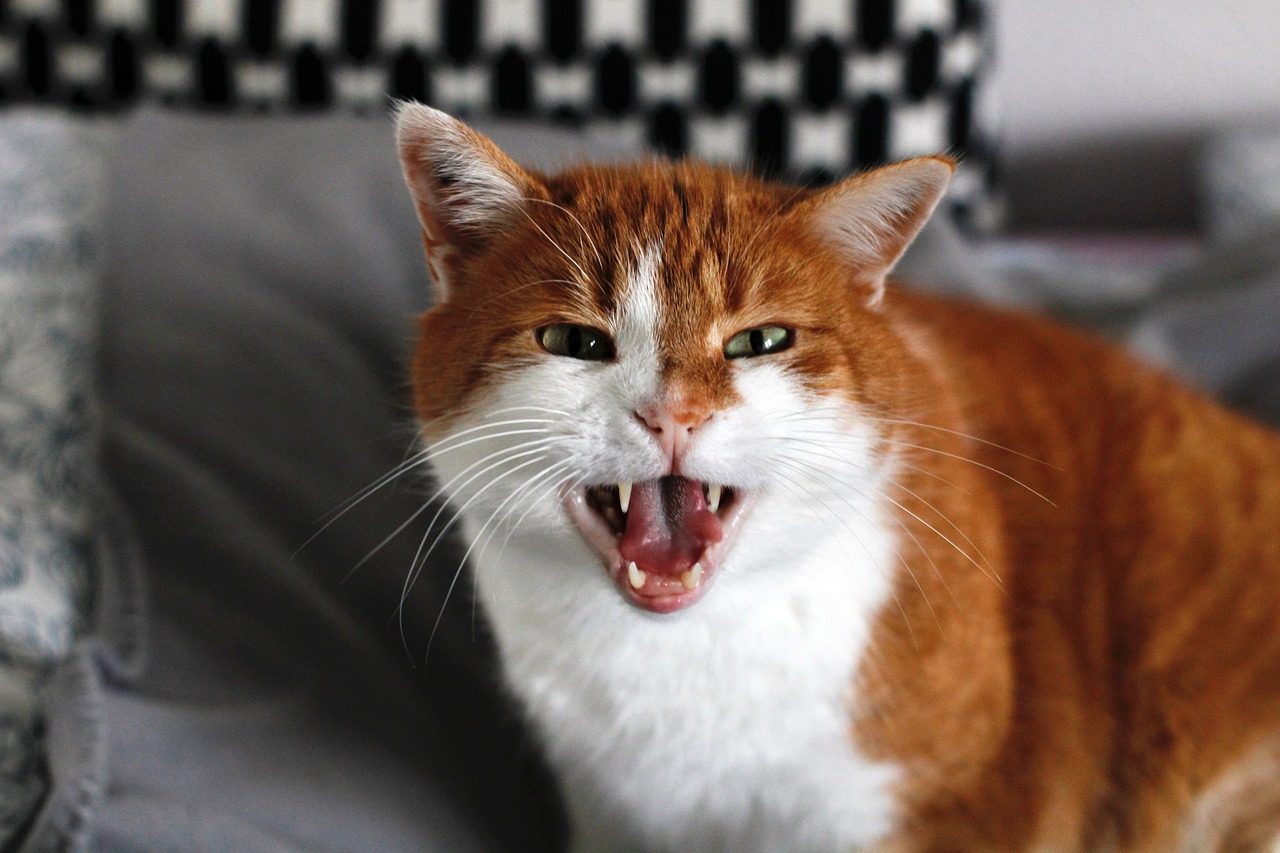
Aggressive behavior or body language such as hissing, dilated pupils, flattened ears, raised fur, and tucked tail all indicate stress responses. Body language that shows worry includes slinking low to the ground, crouching or arching, and ears held back. These physical manifestations often appear before behavioral changes become obvious.
Stress can manifest physically through digestive problems, with cats experiencing diarrhea, constipation, or frequent vomiting as symptoms indicating that stress levels are affecting overall health. Some cats may also develop skin irritations or show changes in their coat quality beyond areas of overgrooming.
Conclusion
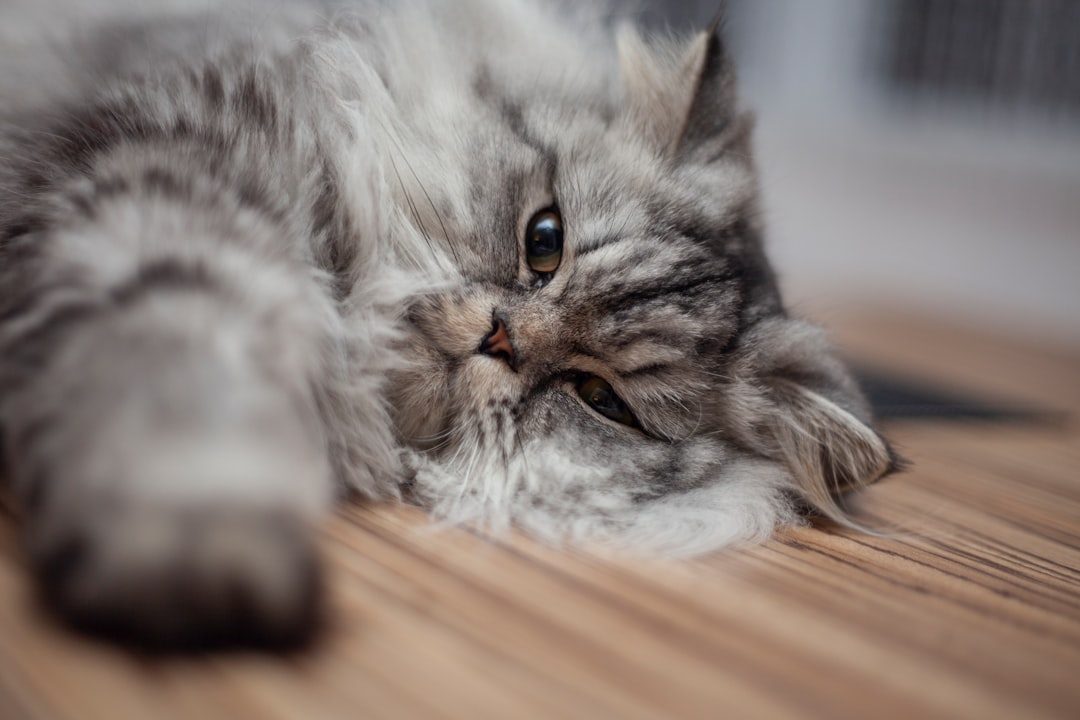
Recognizing stress in your cat requires patience and careful observation of subtle changes in their normal patterns. It’s important to recognize signs of stress in your cat and act accordingly to ensure they aren’t subjected to long or intense periods of stress, which would be detrimental to their welfare. Remember that multiple factors can contribute to feline stress, from environmental changes to health issues, and addressing the underlying cause is crucial for your cat’s wellbeing.
The good news is that once you identify stress signals, there are many effective ways to help your feline friend feel more secure and comfortable. Creating predictable routines, providing environmental enrichment, and working with your veterinarian can make a significant difference in your cat’s quality of life. What subtle changes have you noticed in your cat’s behavior lately?





